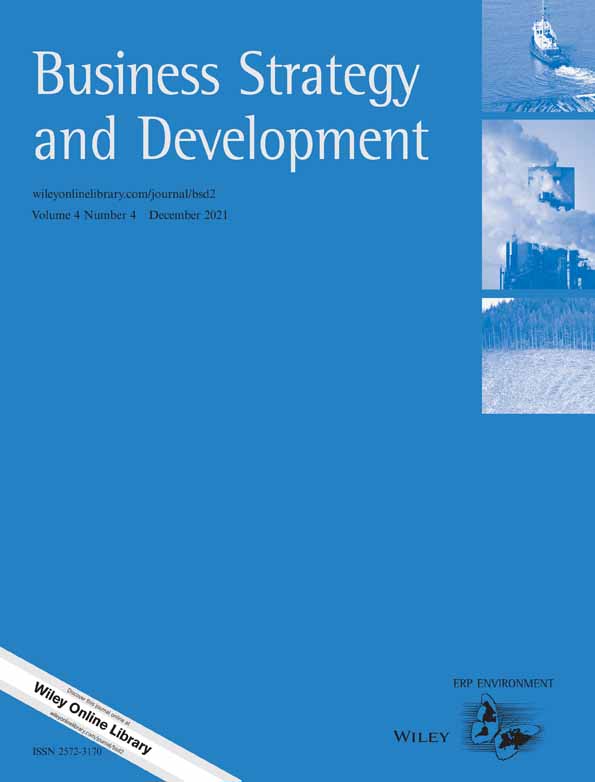Nowadays, livestock producers in Sahel have to deal not only with climate variability but also with changes in land use and policies that restrict access to pasture and increase their vulnerability. At the same time, the growth of urban livestock markets both nationwide and in neighbouring countries is creating opportunities for producers. However, few studies have examined the role of markets in the adaptive strategies of livestock producers in West Africa, the changes in strategies for capturing market opportunities and the social interactions that lead to changes in market access and functioning. This paper addresses the question of how livestock producers and traders have transformed their producing and marketing strategies in response to climate variability and land access constraints. Our proposed conceptual framework on markets, vulnerability and adaptation considers that adaptive strategies include the social construction of markets through which market access is based on social networks and follows the norms and rules embedded in the complexity of these networks. This proactive strategy of stakeholders, through a socially constructed market access, allows traders to harness opportunities and livestock producers to adapt to climatic and land access constraints. We apply the framework in a case study in the region of Niono and Ségou in the Niger Inner delta in Mali. Results show that livestock producers and traders have changed their livestock-raising and marketing strategies in response to the challenges faced by livestock producers and the emerging market opportunities. This study highlights the importance of considering the social construction of livestock market systems and marketing behaviours as adaptive strategies of livestock producers to multiple changes. Although livestock markets can support the adaptive strategies of several types of producers, their functioning as institutions has been understudied and scantily addressed in policy.
Download:
DOI:
https://doi.org/10.1111/geoj.12115
Altmetric score:
Dimensions Citation Count:

























